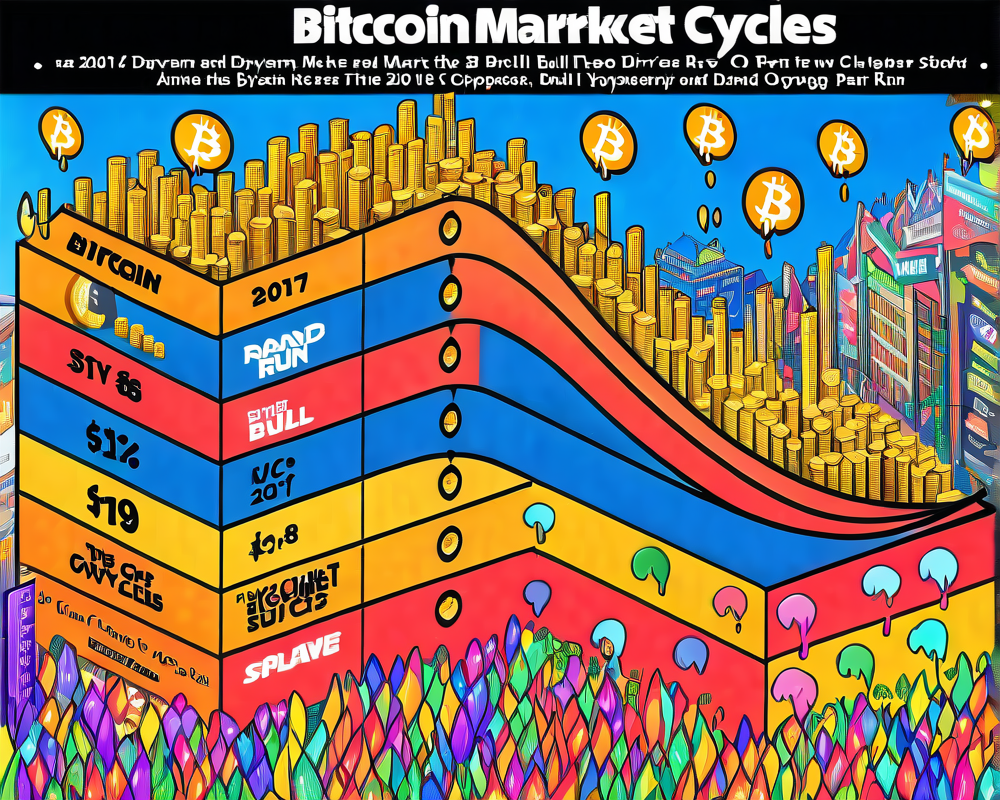Understanding Market Cycles
The foundation of market cycles rests on a principle that’s as old as time: what goes up, must come down. Investors, always on the lookout for bargains, tend to accumulate assets when prices are low. As buying pressure builds, prices climb, often reaching dizzying heights. Then, like photogenic goldfish, holders tend to cash out at the top, leading to a price drop.
Looking Back on 2017
If you were in the crypto game back in 2017, you likely remember the wild ride Bitcoin (BTC) took, soaring to a peak of around $20,000. Fast forward to today, and many investors are anxiously eyeing the current market shifts. Are we due for a similar market shake-up? Will 2021 echo the highs and lows of 2017?
Parallels Between Eras
Take a moment to reflect on how mining reward halvings, which create BTC scarcity, coincide with significant price movements. Following the halvings in July 2016 and May 2020, BTC saw gains that made it the stuff of legends—3,900% and 560%, respectively. It’s like watching your favorite show get renewed for another season but with more plot twists!
Current Market Dynamics
Despite some eerie similarities, today’s market boasts distinct differences. The landscape is no longer dominated solely by individual retail investors. The rise of institutional investors and services provided by major financial players has led to a healthier investment environment. Big names like Tesla and traditional banks adapting to cryptocurrencies signal a more mature market.
Metrics Matter
Examining market metrics reveals an intriguing contrast to 2017. Bitcoin dominance, which yo-yoed from 85% to 32% during the last bull run, is now stabilizing around 60%. Investors seem to be less fickle, showing a growing commitment to BTC and its first cousin, Ether (ETH), which may be a sign of maturation in the investor base.
Volatility and Exchange Flow
Another key factor is the dip in Bitcoin’s volatility over the years. Bloomberg recently noted a reduction in price fluctuations from the wild swings of 2017. Moreover, significant decreases in Bitcoin flowing into exchanges suggest investors are holding onto their assets, limiting market supply and fostering potential price increases.
A Bullish Macro Outlook
Taking a broader view, the macroeconomic environment looks vastly different compared to 2017. Many investors view Bitcoin as a digital safe haven in light of uncertainties, much like gold has been perceived. As more institutional players step in and the digital payment world accelerates, the case for cryptocurrencies as a mainstream asset class grows stronger.
If we tally everything up, the argument for this bull run being different from the 2017 ride is increasingly compelling. While further price corrections are likely, it’s less probable we’ll witness catastrophic crashes like the one that hit earlier in 2018. For now, we move forward, knowing that in the whimsical world of crypto, anything truly is possible.




